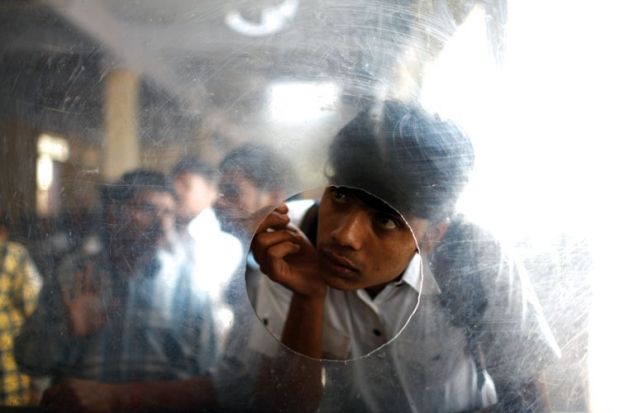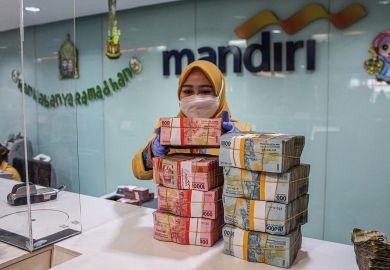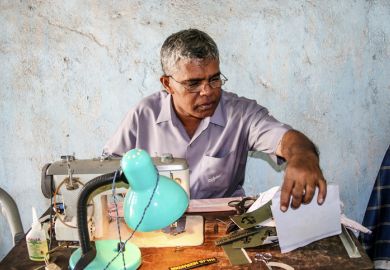Source: Corbis
Next stop, the UK: there is still much pent-up demand for studying abroad
Many in UK universities are deeply concerned over whether they will be able to attract Indian students in the face of a tougher visa regime, the prospect of immigrants having to post cash bonds and the recent plummet in the value of the rupee.
But they have “nothing to worry about”, according to the founder of BrainGain, an online magazine for South Asians who wish to study abroad, because of the sheer volume of pent-up demand for education among Indians and dramatic improvements in the country’s loan market.
Harjiv Singh said he was “bullish”, at least in the medium term, about Indians continuing to come to the UK to study.
There was a 24 per cent fall in the number of Indians at UK universities in 2011-12, a drop offset only by more students coming from China.
Some blamed the scrapping of post-study work visas, which had given international students an automatic right to work after graduation.
Recruitment fears were further stoked this summer after the value of the rupee tumbled by up to a fifth against the pound, substantially increasing the cost of studying outside India.
But Mr Singh described this as an “aberration” and urged universities to look at the bigger picture.
The number of Indian students in the UK and the US has roughly doubled in the past decade, he noted, and there would “absolutely” be even more studying overseas in the future.
“In the next five years, I think you’ll start to see a lot more Indians go abroad for undergraduate programmes,” he predicted, with the percentage of those travelling who do a first degree rising from about 30 per cent to 50 per cent.
This is partly because the Indian government was failing to add enough domestic university places, he said, forcing aspirational students to look beyond the border.
In tandem, “the upper middle class now has access to finance that they didn’t have 10 years ago”, he said.
When Mr Singh left for the US to study in 1990, he could take only $500 (£300) of loans. The rest of the money for his costs was scraped together from family savings.
But the situation has improved immeasurably, he said, and will only continue to get better because India’s banking system was still “underdeveloped” compared with the Western world and was under state pressure to lend more to students.
As part of its Twelfth Five-Year Plan for 2012-17, the Indian government commits to creating a trust to guarantee against students defaulting on their loans, which should encourage lenders to lend more and at lower interest rates.
Mr Singh did acknowledge that the tightening of the student visa system had “caused confusion” in India and that the UK was now probably the third-choice country for prospective students, having slipped behind Canada (with the US being first choice).
But even a sharp drop in the rupee’s value would not deter many Indians if they had already decided to study abroad, he said. They would stump up the extra expense unless they were physically unable to do so.
“Parents will beg, borrow and steal to send their kids to the best institutions. And I don’t think the culture is going to change overnight,” he said.
Register to continue
Why register?
- Registration is free and only takes a moment
- Once registered, you can read 3 articles a month
- Sign up for our newsletter
Subscribe
Or subscribe for unlimited access to:
- Unlimited access to news, views, insights & reviews
- Digital editions
- Digital access to THE’s university and college rankings analysis
Already registered or a current subscriber? Login




